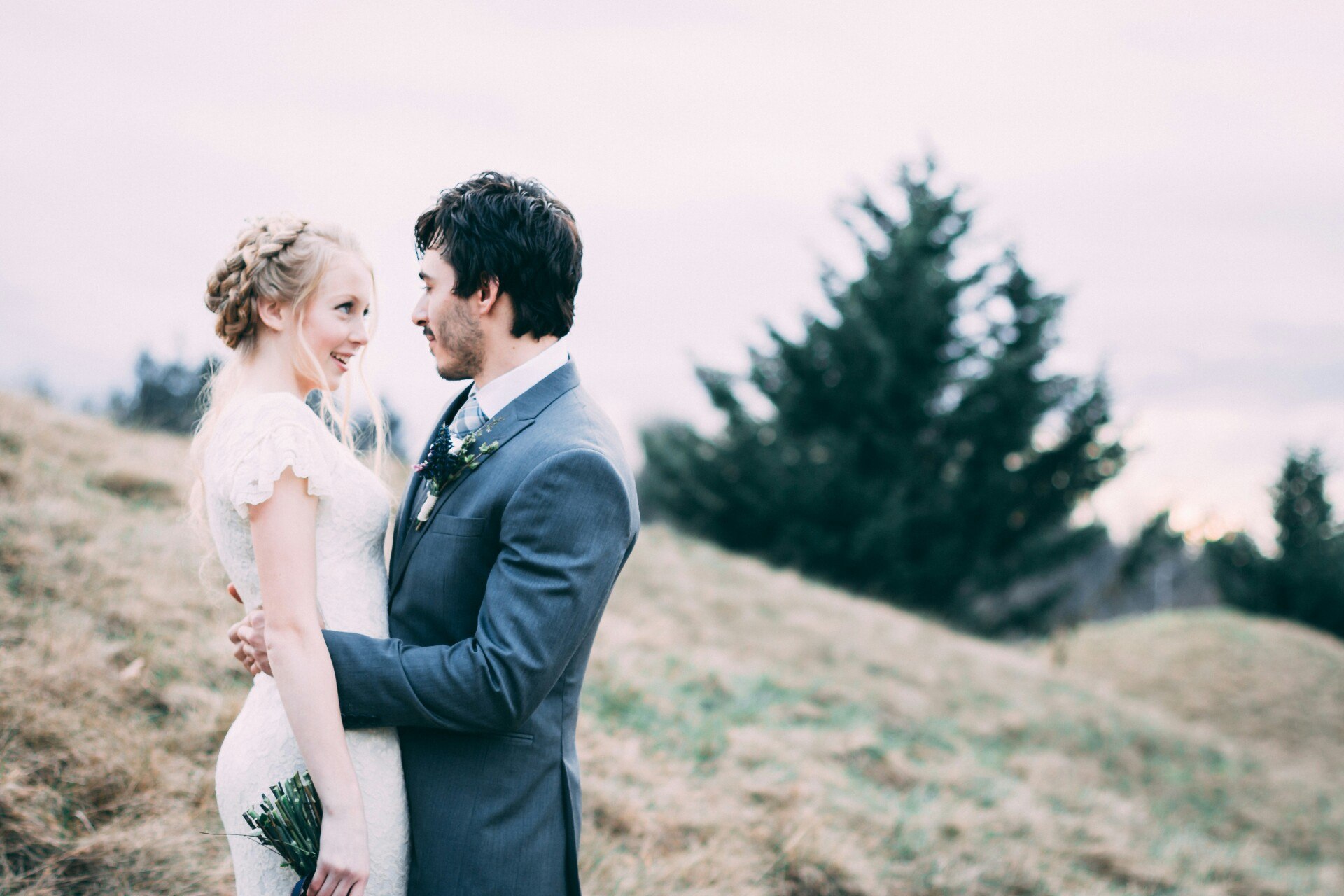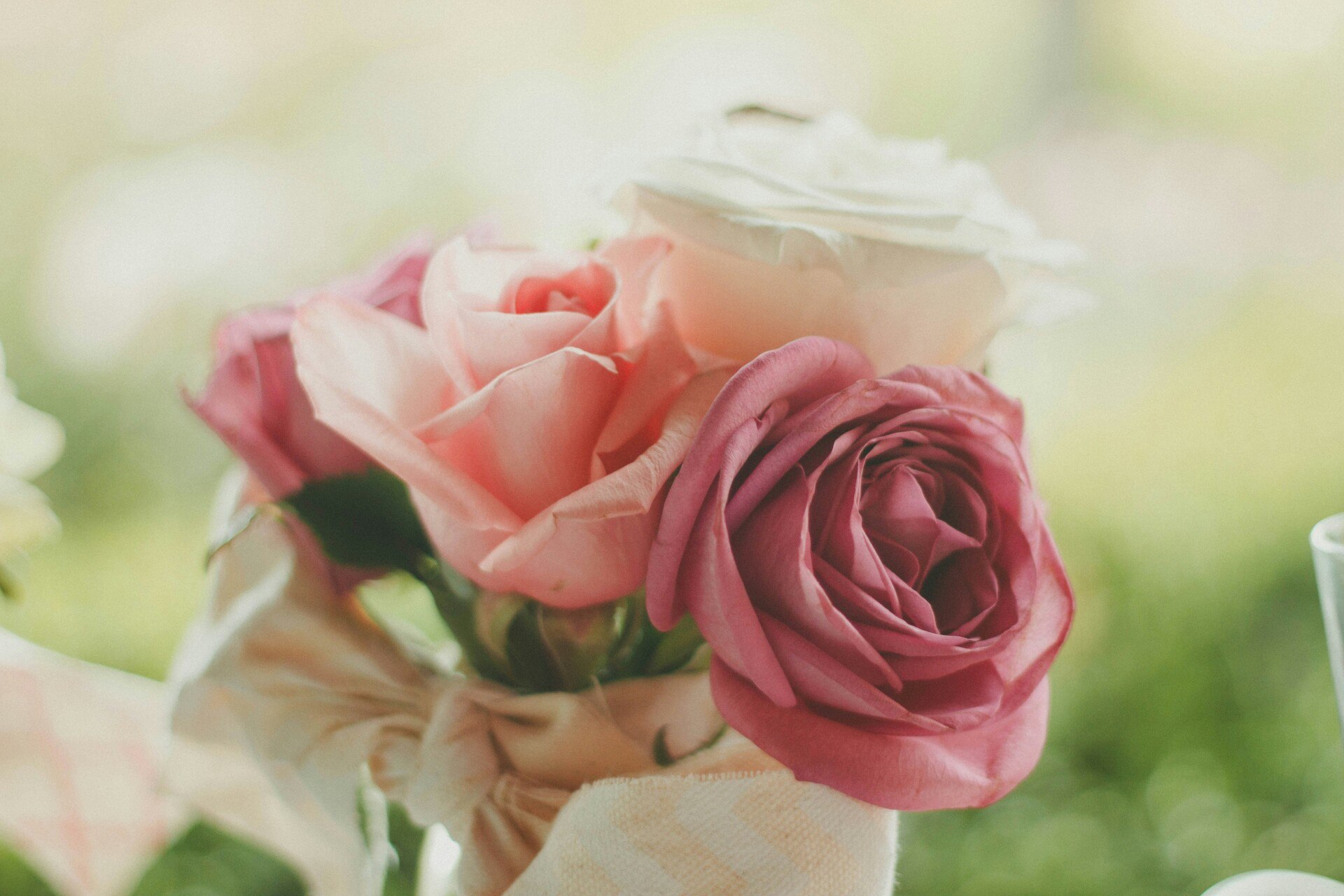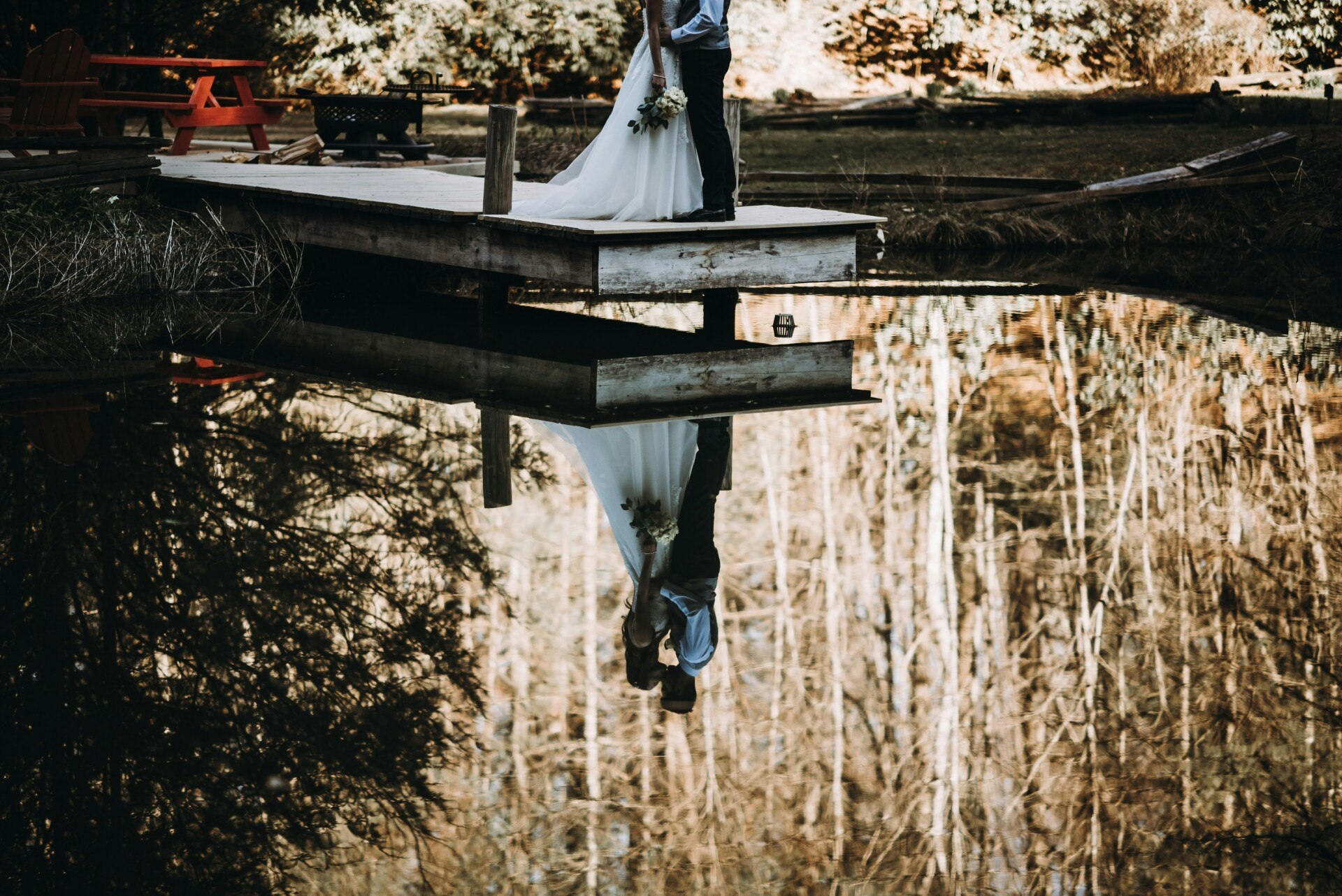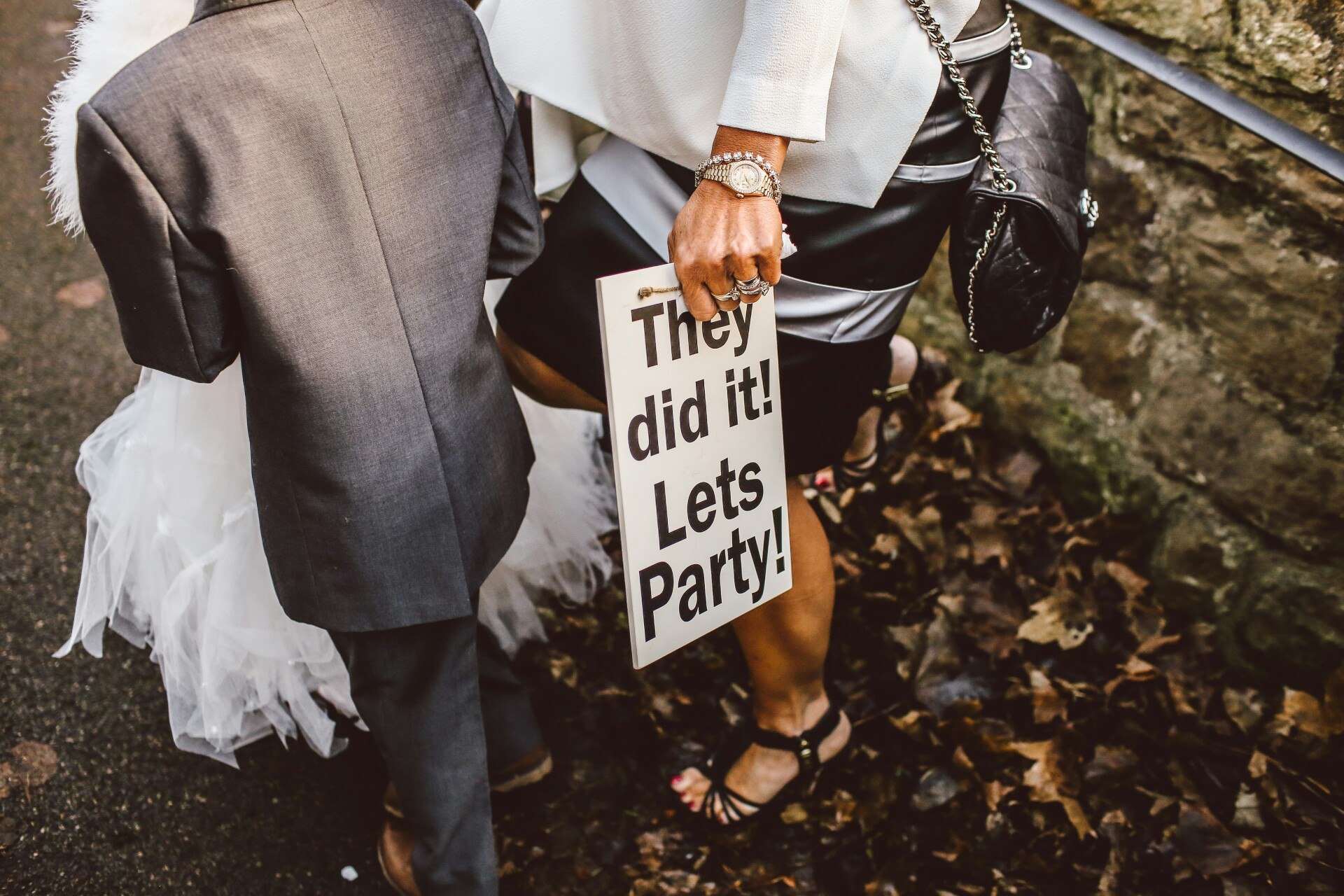Weddings are joyous celebrations that mark the union of two people, but they also serve as a reflection of diverse cultural heritages. Each culture brings its unique touch to wedding ceremonies, incorporating traditions that carry deep meanings and symbolize various aspects of life and love. Exploring global wedding traditions offers inspiration and a greater appreciation for the rich tapestry of customs that unite people across different backgrounds. From vibrant dances and symbolic rituals to heartfelt ceremonies, these traditions celebrate love in beautiful and meaningful ways.
Global Wedding Traditions: Embracing Diversity
Across the globe, wedding traditions vary widely, each embodying the values and beliefs of a particular culture. Understanding these practices not only enriches the wedding experience but also fosters a sense of connection and respect among different communities. For instance, in India, the vibrant Mehndi ceremony celebrates the bride with intricate henna designs, symbolizing beauty and joy. In Japan, the traditional Shinto ceremony involves the sharing of sake between the bride and groom, signifying their union and commitment. These diverse traditions highlight the universal theme of love while showcasing unique cultural expressions.
In Jewish weddings, the breaking of the glass by the groom represents the fragility of relationships and the importance of maintaining commitment despite challenges. Meanwhile, in Scotland, the handfasting ceremony involves tying the couple’s hands together, symbolizing their binding love and partnership. These practices demonstrate how different cultures infuse their values and symbolism into the wedding ceremony, creating memorable and meaningful experiences for the couple and their guests.
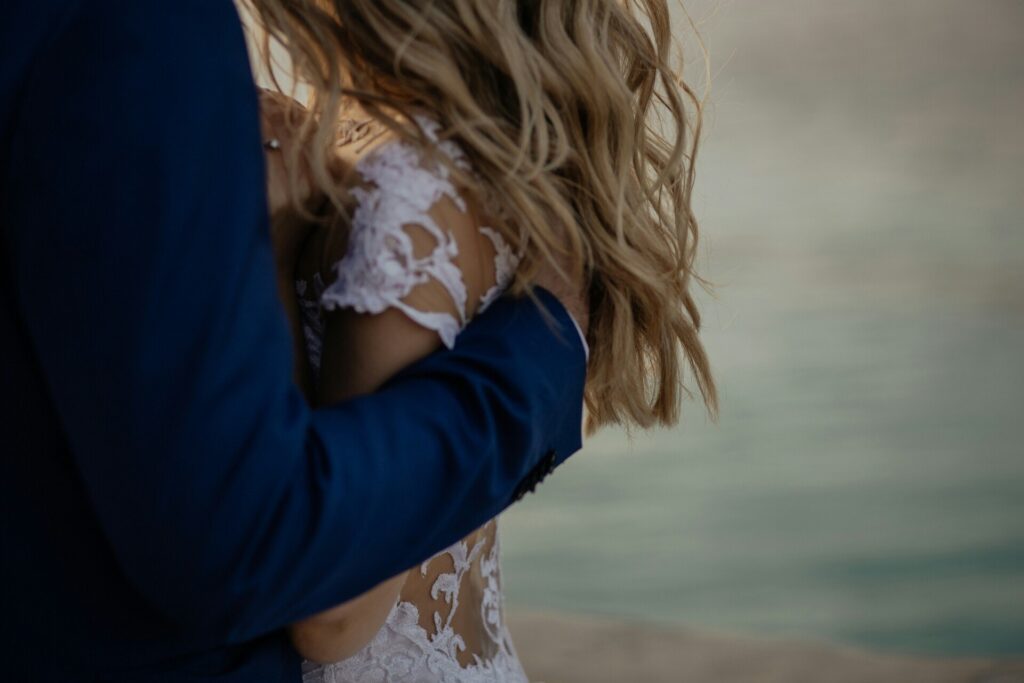
Incorporating global wedding traditions can add a personal and unique touch to your special day. Whether you choose to adopt elements from another culture or blend them with your own customs, these traditions offer a way to honor heritage and create a wedding that truly reflects your shared values and love story.
Idea and Tips: Incorporating Cultural Traditions into Your Wedding
Integrating cultural traditions into your wedding can make your celebration unique and deeply personal. Here are some ideas and tips to help you embrace and incorporate these meaningful practices:
- Research and Respect: Take the time to research the cultural significance of the traditions you wish to include. Understanding the meaning behind each practice ensures that you honor it appropriately and respectfully.
- Blend Cultures: If you or your partner come from different cultural backgrounds, consider blending elements from both traditions. This creates a harmonious and inclusive celebration that reflects both of your heritages.
- Personalize Rituals: Adapt traditional practices to fit your personal preferences and relationship. Adding a modern twist to a cultural ritual can make it more relevant and meaningful to you as a couple.
- Consult with Elders: Speak with family members or cultural leaders who are familiar with the traditions. Their guidance can help ensure that you incorporate the practices correctly and meaningfully.
- Incorporate Symbolic Decor: Use symbols and decorations that reflect the cultural traditions you’re honoring. This can include traditional fabrics, colors, or artifacts that add depth to your wedding decor.
- Choose Meaningful Music: Select music that aligns with the cultural traditions you’re embracing. This can enhance the overall atmosphere and create a more immersive experience for your guests.
By thoughtfully incorporating cultural traditions, you can create a wedding that honors your heritage, celebrates your love, and provides a memorable experience for you and your guests. Embrace the diversity of global wedding traditions to craft a ceremony that is uniquely yours.

Cultural Wedding Customs: Symbols of Unity and Love
Wedding customs often include symbolic actions and objects that represent the union of two individuals. These symbols serve to reinforce the bond between the bride and groom and the support of their families and communities. For example, in Chinese weddings, the tea ceremony is a central tradition where the bride and groom serve tea to their elders as a sign of respect and gratitude. This act symbolizes the merging of families and the beginning of a new chapter together. Another beautiful custom is the exchange of wedding rings, practiced in many cultures worldwide. Rings symbolize eternity and the unending nature of love and commitment. In some cultures, the rings are blessed by religious leaders or adorned with specific gemstones that hold particular meanings. These gestures are powerful reminders of the promises made during the wedding ceremony.
Additionally, the use of specific colors in wedding attire can carry cultural significance. For instance, red is often worn in Indian and Chinese weddings to symbolize prosperity and happiness. In Western weddings, white is traditionally associated with purity and new beginnings. These color choices not only enhance the visual beauty of the ceremony but also imbue it with deeper meaning. Embracing cultural wedding customs can help create a ceremony that is rich in symbolism and personal significance. These traditions provide a meaningful way to celebrate the love and commitment between the bride and groom while honoring the cultural backgrounds that shape their identities.
International Marriage Rituals: Celebrating Togetherness
Marriage rituals around the world emphasize the importance of togetherness and the joining of lives. These rituals often involve communal participation, highlighting the support and blessings of family and friends. In Greek weddings, the ceremony includes the Koumbaro, a sponsor who plays a pivotal role in guiding the couple and offering blessings. The couple also participates in a lively dance known as the Kalamatianos, which symbolizes unity and joy.
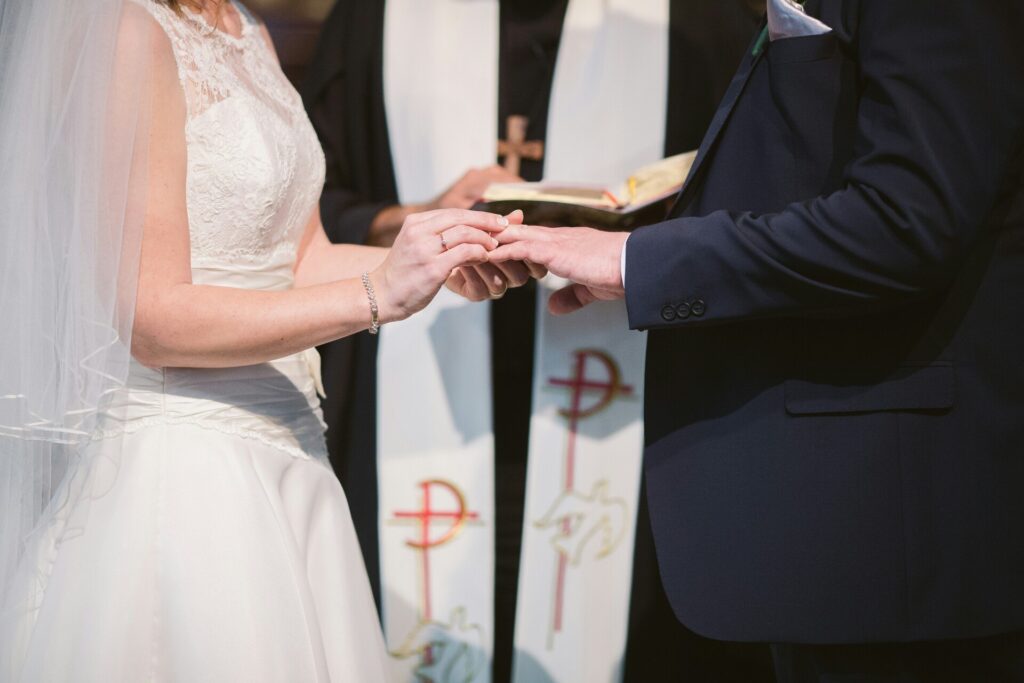
In Mexican weddings, the Lasso ceremony involves the placement of a lasso, often a rosary, in a figure-eight shape around the couple’s necks. This symbolizes their eternal bond and the intertwining of their lives. Similarly, in Filipino weddings, the Veil and Cord ceremonies represent the couple’s commitment to each other and their willingness to support one another through all of life’s challenges.
These international marriage rituals not only enhance the wedding experience but also strengthen the connection between the couple and their community. By incorporating these practices, couples can celebrate their union in a way that honors their shared values and the collective support that surrounds them.These rituals often carry forward centuries-old traditions that have been passed down through generations, ensuring that the essence of cultural heritage remains alive. This continuity fosters a sense of belonging and pride, enriching the wedding celebration with layers of meaning and significance.
World Wedding Inspiration: Ideas to Infuse Cultural Elements
Drawing inspiration from world wedding traditions can help create a unique and meaningful celebration. Incorporating cultural elements can add a special touch that reflects the couple’s heritage or their appreciation for different cultures. For instance, adding a traditional bridal gown from another culture can bring elegance and uniqueness to the wedding attire, while incorporating cultural music and dances can enhance the festive atmosphere. Decorations inspired by global traditions can also transform the wedding venue into a space that tells a story. Moroccan lanterns, Indian drapes, or Japanese cherry blossoms can create an enchanting backdrop that captivates guests and sets the tone for the celebration.
Food is another area where cultural inspiration can shine. Offering a fusion menu that includes dishes from various cultures can delight guests and provide a culinary journey that complements the wedding theme. Similarly, serving traditional beverages or incorporating culturally significant symbols into the menu can add depth and interest to the dining experience. Personal touches such as incorporating family heirlooms or cultural artifacts can make the wedding more meaningful and personalized. These elements not only honor the couple’s backgrounds but also create a sense of continuity and connection with their ancestors and traditions.
By drawing on world wedding inspiration, couples can design a celebration that is not only beautiful and memorable but also deeply reflective of their unique love story and cultural heritage.
Wedding Traditions Worldwide
| Country | Tradition | Symbolism |
|---|---|---|
| India | Mehndi Ceremony | Beauty, joy, and good luck for the bride |
| Japan | San San Kudo | Commitment and mutual support through sake sharing |
| Scotland | Handfasting | Binding love and partnership |
| China | Tea Ceremony | Respect and gratitude towards elders, merging of families |
| Mexico | Lasso Ceremony | Eternal bond and intertwined lives |
| Greece | Breaking Glass | Fragility of relationships and commitment |

The bride often holds a central role in wedding traditions, with many cultures having specific customs that honor her heritage and symbolize her transition into marriage. In Scottish weddings, the bride may wear a traditional tartan sash that represents her family’s clan, highlighting her roots and identity. This garment not only adds a touch of elegance but also serves as a meaningful tribute to her lineage. In Nigerian weddings, the bride’s attire is typically vibrant and adorned with intricate beadwork and patterns that reflect cultural artistry and beauty. This elaborate dress showcases the bride’s grace and the rich cultural heritage of her community. Japanese brides may wear a white kimono, known as shiromuku, during the ceremony, symbolizing purity and the beginning of a new life. This traditional garment is often complemented by a colorful hakama, adding a splash of color to the serene backdrop.
In Jewish weddings, the bride may wear a veil during the ceremony, symbolizing modesty and the unveiling of her new identity as a wife. The veil also represents the idea of a sacred space, emphasizing the sanctity of the marriage covenant. These bride traditions by culture not only honor the bride’s heritage but also add personal and cultural significance to the wedding day. They create a sense of pride and connection, allowing the bride to showcase her background and the values that are important to her.

